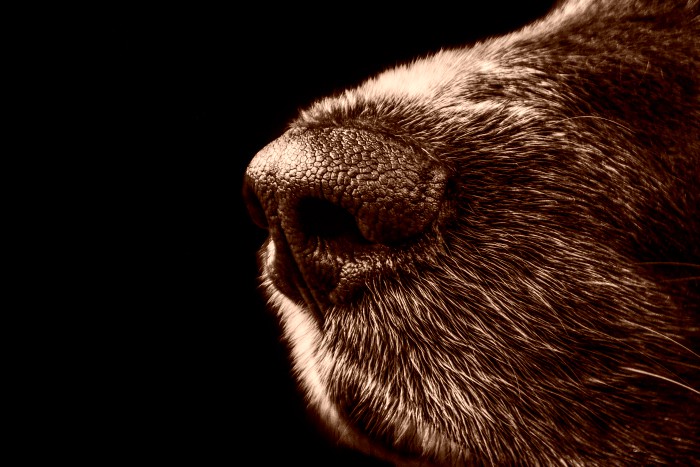The secrets of the truffle charm
Although not everyone appreciates it, many people like the taste of this special fungus that is able to give that extra touch in our dishes. And in this regard some scholars have investigated some properties of the truffle that would make us want to eat it. Indeed, some researchers have identified in the black truffle the so-called "pleasure molecule", the anandamide, similar to the active ingredient of cannabis. This substance would stimulate the animals (and us too) to feed on the fungus so it has the possibility of spreading its spores. The anandamide stimulates chemical reactions that trigger good humor and for the same reason we find it also in breast milk, with the function of encouraging the child to take it.
- Hits: 1733
The scent of the truffle is made up of numerous different molecules that give it its inimitable bouquet of smells. They are impossible to reproduce in laboratory, except for bismetiltiomethane (formula: CH3SCH2SCH3), a sulfur compound that we can find in all truffles and that specifically represents the main aroma of the White Truffle. In view of this, we would like to underline the fact that a stronger note of bismetiltiomethane does not necessarily correspond to a higher quality truffle, this is good to remember. Dimethylsulfide, indeed, is predominant in the Black prestigious Truffle.
- Hits: 2112

There is a very logical explanation: being under the ground, truffles are unable to disperse the spores in the air and therefore in the surrounding environment, to recreate new "fruits". But thanks to their persistent smell, they are able to be identified by different wild animals such as rats, squirrels and foxes, but also by domestic ones like the truffle dog, and at the moment when they extract it from the ground, in that instant, it can spread the spores. The truffle therefore wants to be found and ... eaten! Only in this way it will be able to reproduce itself. What a beautiful trick of nature.
- Hits: 1894

